Downhill mountain biking is a sport that gives a big thrill. It involves racing down steep slopes with lots of turns. While it’s mostly safer than road cycling, there are still dangers. These include slippery or loose surfaces that can cause crashes at high speeds.
To have the best time, learning the right mountain biking techniques is key. It helps you stay in control when the path gets tough. Experts say to slow down around sharp corners and when you’re not sure what’s ahead. Being careful like this helps stop accidents. Also, checking your bike and wearing the right gear are crucial steps before starting.
At this point, you’ll know how to enjoy downhill biking safely and have fun doing it. You’ll handle high speeds without worry, making every ride a good one.
For more on downhill biking, including its history and competitive side, check out this guide.
Understanding the Basics of Downhill Biking
Learning the downhill biking fundamentals is key for anyone eager to master this thrilling activity. Knowing about various terrain types and how to interpret trail conditions is vital for good performance. Each trail has its own set of challenges that call for particular mountain biking skills.
Downhill biking has several types, including cross-country, enduro, and downhill racing. Cross-country is usually easier for newbies, with simpler paths and beautiful terrain to discover. Enduro mixes easy riding with tough descents and rocky paths, offering a varied experience.
Downhill (DH) mountain biking is at the top for excitement, featuring special bikes made for difficult descents. These bikes have double-crown forks and coil shocks for rough ground. Knowing about different bikes, like full-suspension and hardtails, is crucial for handling the bike well. This knowledge boosts a rider’s confidence and skills.
Mountain biking comes with physical challenges, especially tricky parts like rock rolls and drops for beginners. Falls can occur, but they become less common with practice and skill growth. As riders improve their mountain biking skills, they get better at reacting and handling their bikes. This makes riding more fun.
Choosing a mountain bike involves looking at the bike type, size, wheel size, and material. These decisions should match the rider’s preferences and style. Understanding the downhill biking fundamentals is crucial for a safer, more rewarding time on the trails.
Preparing Your Equipment for Safety
It’s vital to check your mountain biking gear is top-notch for a safe ride. Regular bike maintenance should include checking the brakes and keeping an eye on tyre pressure. These steps are key when you face challenging paths.
Checking Your Brakes and Tyres
Inspecting your brakes well is crucial before you hit the trails. If your brakes fail, especially when going downhill fast, it can cause big accidents. Make sure to test your brakes before each ride. If the pads are worn, replace them straight away. Also, the right tyre pressure is essential; usually between 30-40 psi, based on the terrain. If your tyres are too soft, you might get more punctures, which affects safety and performance.
Choosing the Right Mountain Bike
Picking the right mountain bike greatly affects your ride and safety. Consider the frame size, suspension type, and if you want a full-suspension or hardtail bike. Bikes with full suspension absorb shocks better. This makes for safer and more controlled downhill rides. It’s wise to ask experts at bike shops for advice. They can help you find the perfect bike for your style, ensuring safety.
For tips on making your mountain biking safer, see more at mountain biking safety.
Your Body Position Matters
How you position your body is key to staying safe and moving well on downhill paths. Learn the right way to do it and your ride will get a lot better. It’s crucial to know how to stand when you’re going down different kinds of ground.
Correct Stance When Descending
When you go downhill, move your bum back, and keep your belly just above the seat. This helps you stay balanced, especially over bumps. Keep your knees and elbows a bit bent. This helps you soak up the shakes and keep control on steep slopes. It’s a core skill for mountain bikers.
Maintaining Flexibility and Control
Being flexible lets you shift your weight around as you ride over different surfaces. Sticking to one position makes it hard to move freely, which you need on tricky paths. By adjusting your weight well, you keep a good and ready posture, which makes it easier to change direction. To get better, work on mountain biking moves that improve how you position your body.
How to Handle High Speeds in Downhill Biking
Downhill biking at high speeds needs careful skill and knowing your surroundings. It lets you have fun and stay safe. Riders should adjust their weight, stay low, and keep balanced. They should also look ahead by 50 to 100 metres to be ready for any surprises.
Techniques for Stability and Safety
To stay stable downhill, it’s good to keep low. This helps with aerodynamics. When you hit sharp turns, slow down a bit by sitting up. Use your body like an ‘air-brake’. Keeping muscles relaxed and elbows bent helps you control the bike better and smooths the ride.
Keep a good distance from other riders to avoid crashes and keep everyone safe. Remember, strong winds or certain bike parts can cause wobbles. Staying relaxed on top helps a lot.
Braking Techniques to Master
Knowing how to brake properly is key for safety. Most of your stopping power comes from the front brake. But you need to lean back. Use both brakes together to keep your speed without losing control. Don’t brake too much on long slopes to avoid overheating and damage. Trying different ways, like using harder gears downhill, can help control your speed better.
FAQ
What are the most important safety tips for downhill mountain biking?
For safety, always wear a top-notch helmet and the right protective gear. Ensure your bike is in good shape before you ride. Also, know the trail conditions well. On turns and unfamiliar paths, slowing down is vital to minimise fall risks.
How can I improve my bike handling techniques?
To better your handling skills, get to know the various terrains and trails. Practise how you position your body too. Stay flexible, shift your weight when needed, and smoothly move past obstacles.
Why is checking brakes and tyre pressure important before a ride?
Checking the brakes prevents potential mishaps by ensuring they work well. Correct tyre pressure, which is usually within 30-40 psi, avoids punctures. It also keeps the bike stable and controlled on uneven grounds.
What is the correct body position when descending?
In descents, move your rear back and let your stomach be close to the seat. Keep your limbs slightly flexed. This will help absorb impacts and give you more control over your bike.
How do I handle high speeds effectively while downhill biking?
Managing high speeds means mastering weight shift during descents and being careful in turns. Learn threshold braking to control your speed without skidding. Using both brakes well is crucial for balance.
What should I look for when choosing the right mountain bike?
Choosing the right bike means looking at frame size, suspension, and a style that matches your riding. It’s important to get a bike that fits you well. Seeking advice from knowledgeable retailers can guide you to a bike that ensures safety and enhances performance.
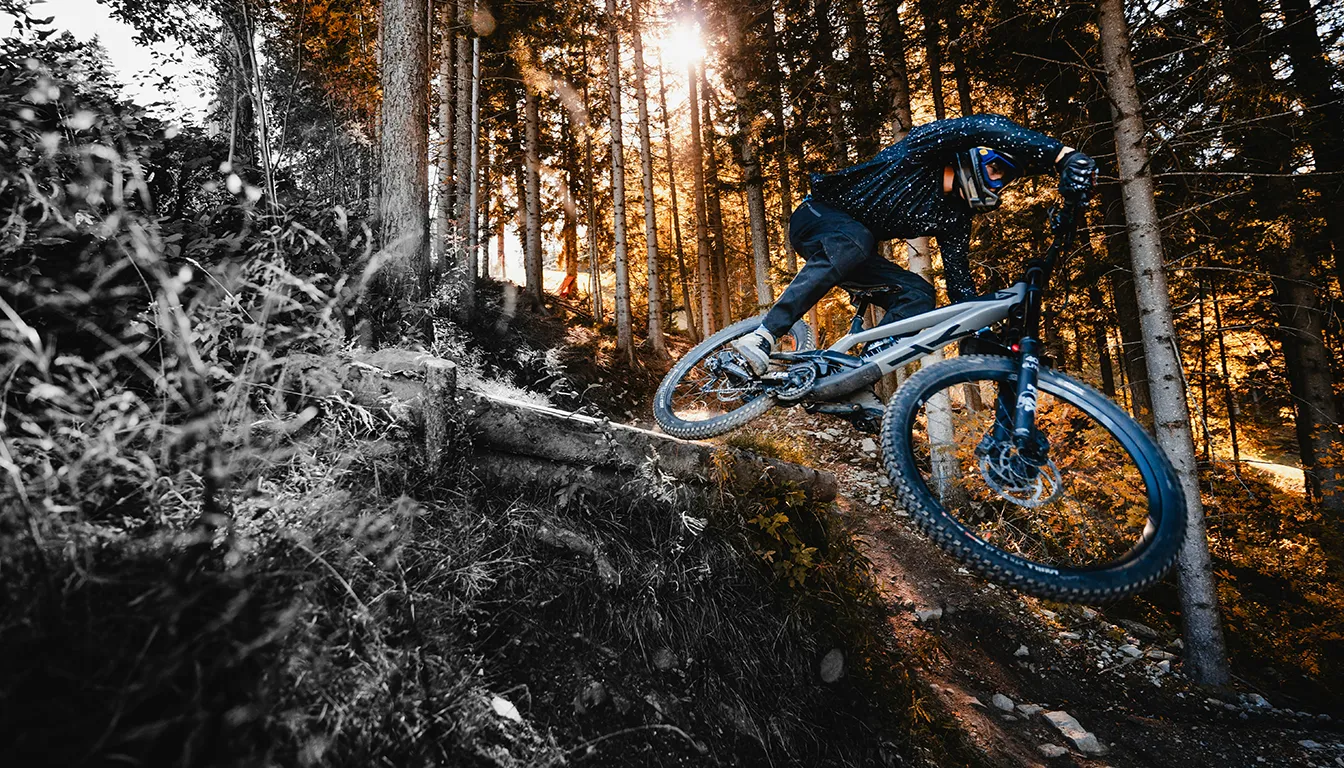

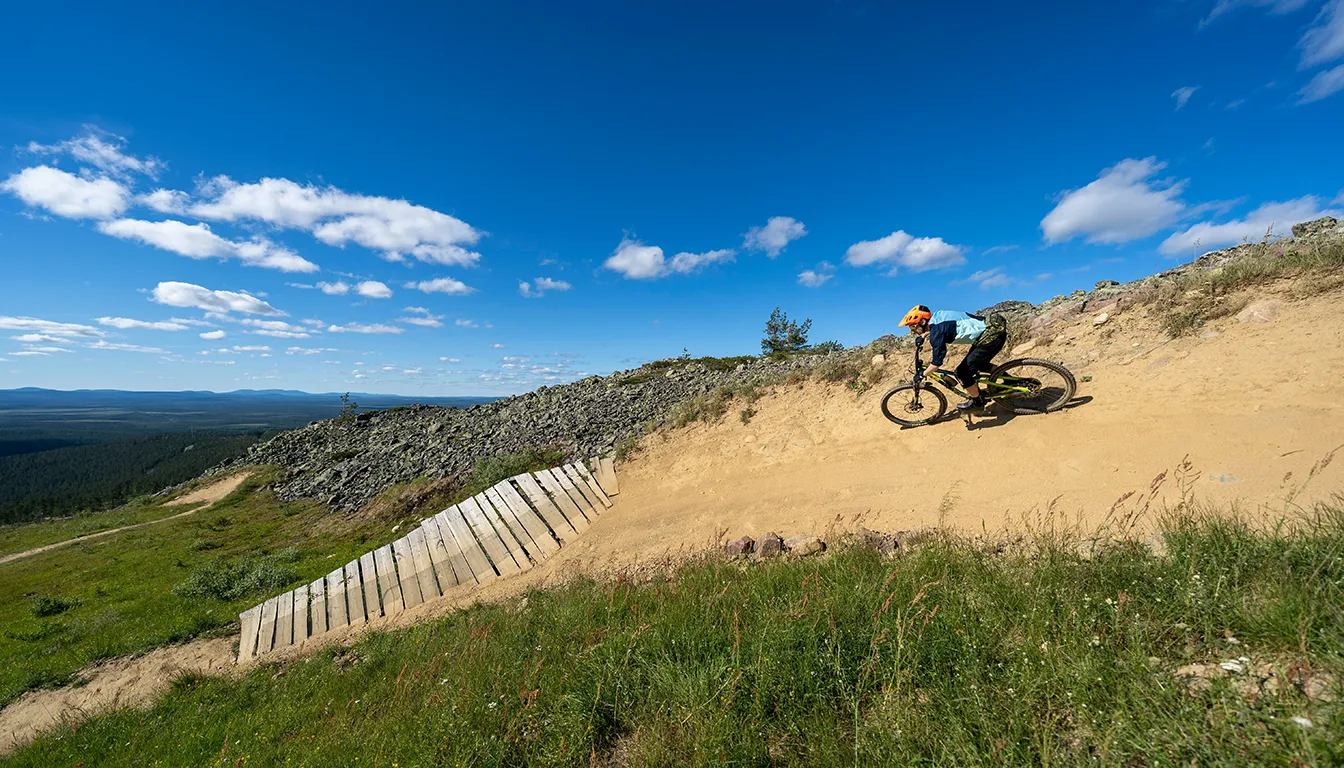

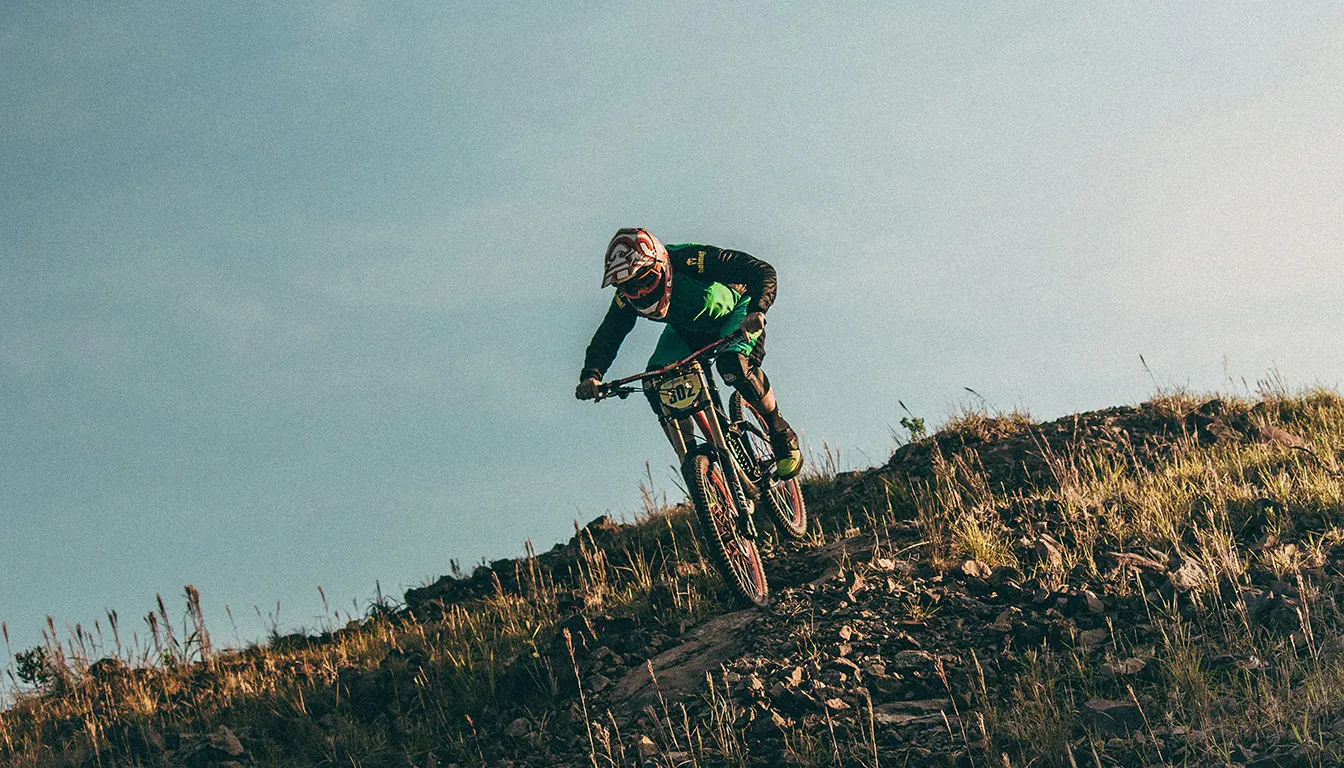
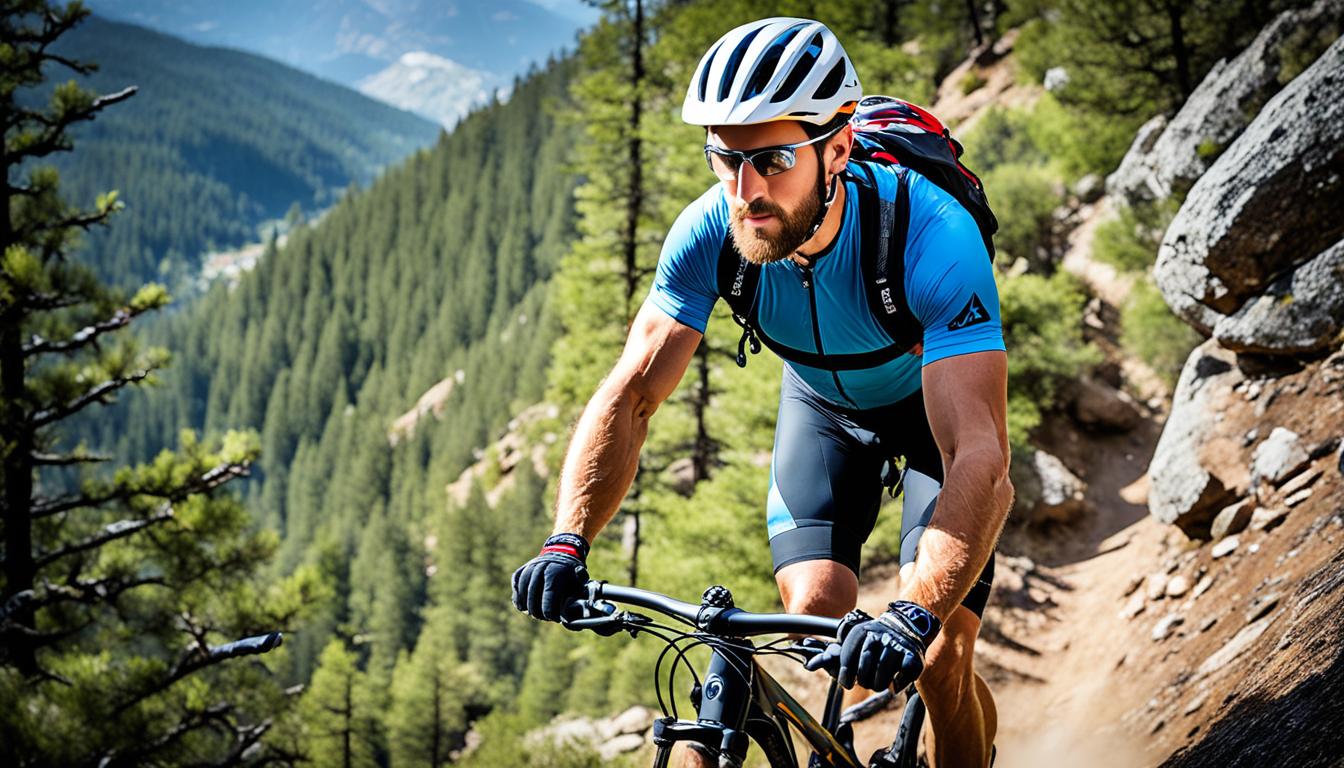
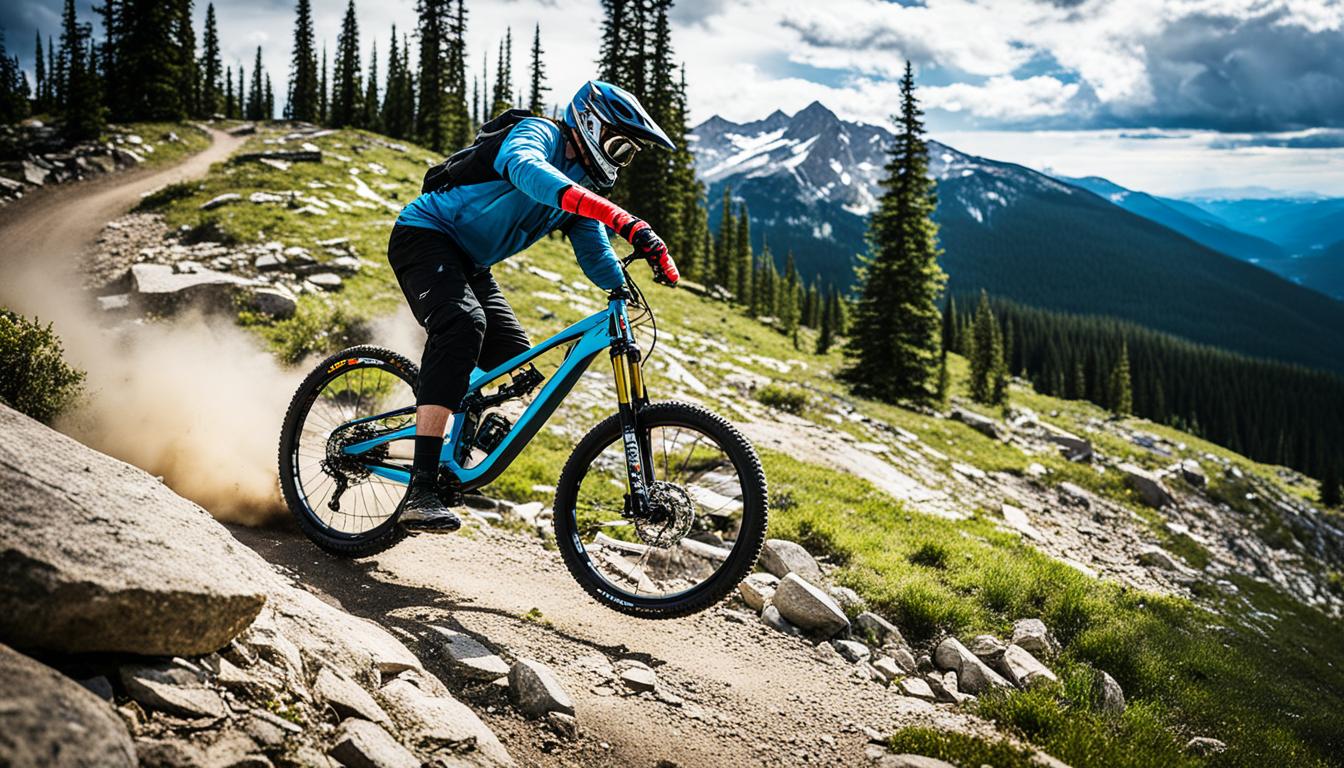
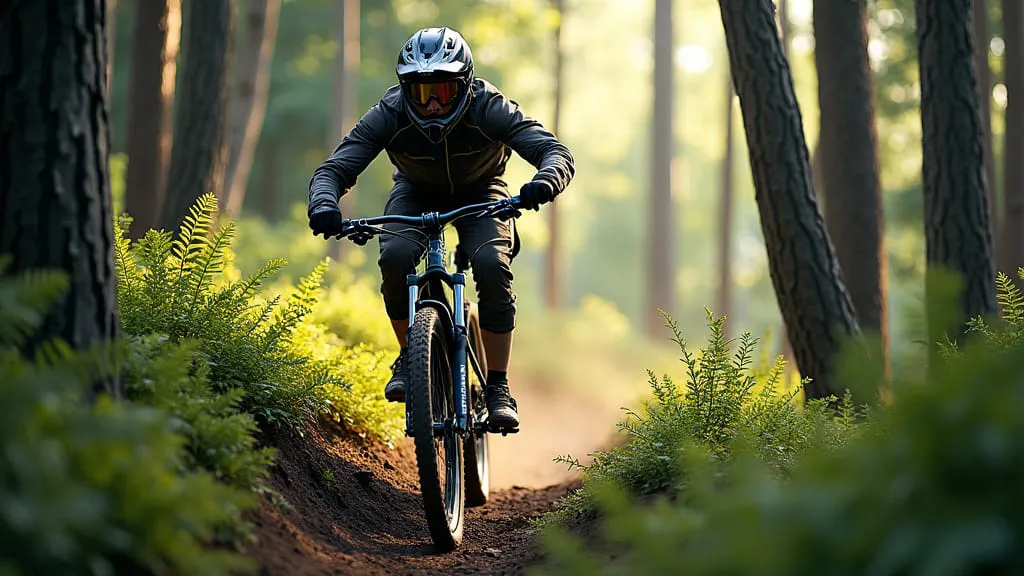
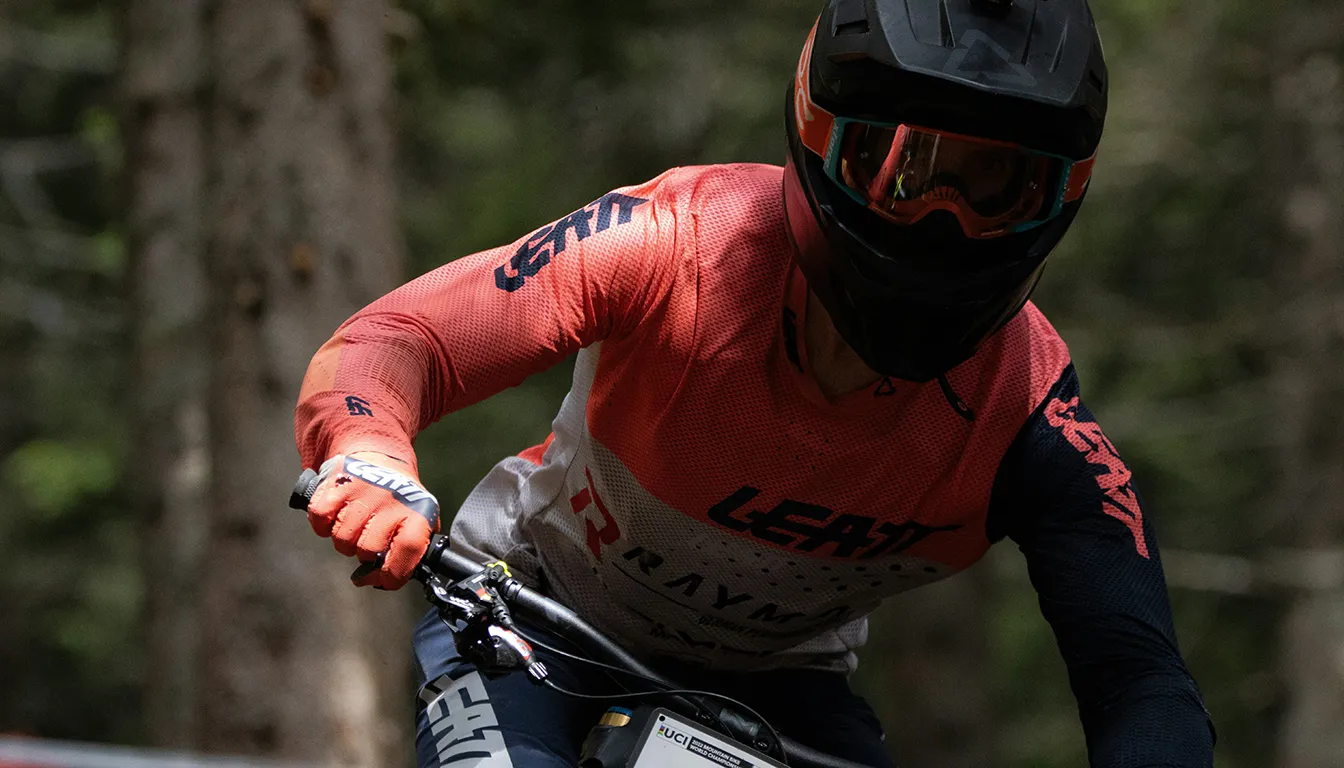
One thought on “How to Safely Handle High Speeds in Downhill Mountain Biking”